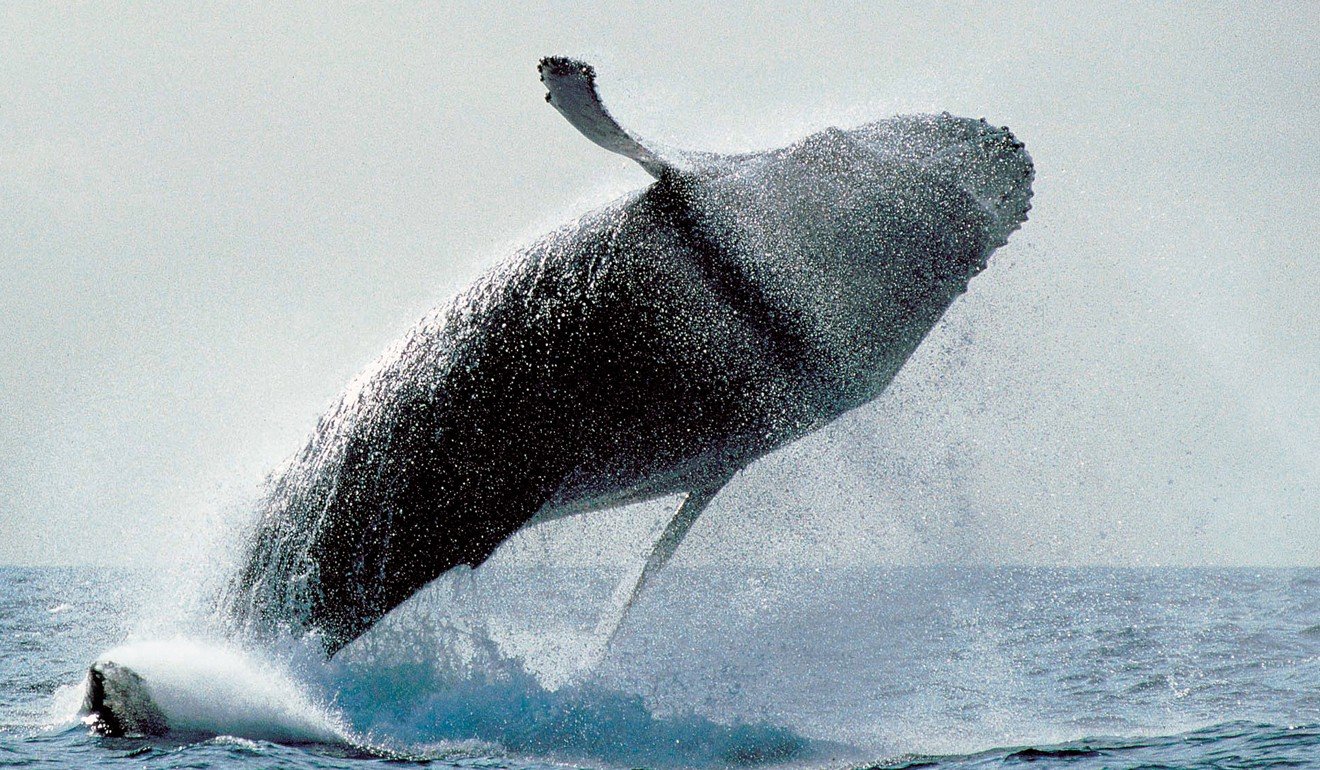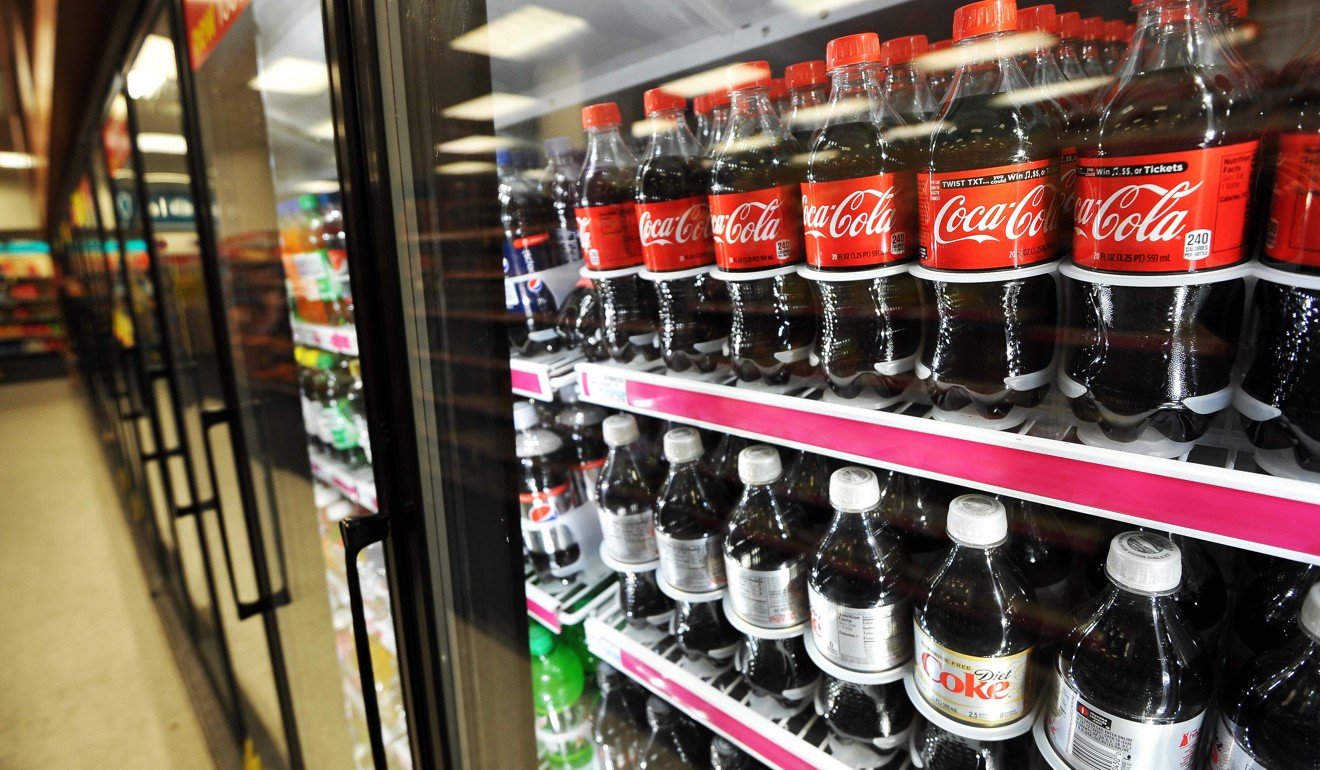
Plastic: the miracle invention that now threatens our planet
Our failure to manage the daunting worldwide mountains of disposed plastic waste has turned a miracle material into nature’s nightmare

When members of an Australian environmental research team last year stepped ashore on Henderson Island, a tiny 3,000 hectare island in the Pacific Ocean, 5,000km from just about anywhere, they found not pristine white beaches but mountains of plastic debris. They counted over 670 plastic items per square metre, making an estimated total of 38 million pieces.
All of a sudden, it made the weekend lap-sap clean-ups on my village beach in Clear Water Bay seem very puny indeed.
The story of how all this plastic waste winds up in the middle of the Pacific Ocean is a horrifying alert to the grave challenge we face in bringing our throwaway culture under control. For so long the problem has been out of sight, out of mind. But this cannot continue for long.

When plastics were first invented around 110 years ago, they were seen as a miracle invention. Even today, the importance of this lightweight and virtually indestructible material cannot be underestimated, whether in terms of reducing food spoilage and food waste, or in terms of reducing the spread of innumerable diseases through everything from disposable syringes to hygienic packaging. The British Plastics Federation claims in its members’ defence that if alternatives to plastic were used, the harm would be immensely greater, with 2.7 times more greenhouse gas emissions, for example.

Parallel work by scientists at the Dame Ellen McArthur Foundation have calculated that about 78 million tonnes of plastics are being produced every year, with 40 per cent going to landfill within the year, 32 per cent being discarded across the environment, 14 per cent incinerated, and 14 per cent being recycled.
Of this annual production, between 8 million and 13 million tonnes is being flushed out along our river systems into the world’s oceans. Up to six years later this is finding its way into one of five massive ocean “gyres” – becalmed plastic garbage patches covering areas of up to 2.5 million square km – and onto remote “pristine” outcrops like Henderson Island. Lisa Svensson, oceans’ chief at the United Nations, is blunt: “This is a planetary crisis.”
So clear is the challenge that governments and even the world’s main plastics producers and users, have long passed the “denial” phase. They admit the problem needs to be fixed. James Quincey, CEO of Coca Cola, which uses 110 billion of the 480 billion plastic bottles every year, is under no illusions: “The world has a packaging problem.” But still his best commitment is to ensure recyclability by 2040. McDonald's has gone a little better by saying last month that all packaging will be from sustainable sources by 2025.
Most governments recognise the gravity of the problem, but few have gone further than to impose charges for plastic bags used in supermarkets. In the UK, Prime Minister Theresa May demanded a month ago that the UK should eradicate “all avoidable plastic waste” by 2042 – which must surely be a profoundly underwhelming commitment.
At least the UK is studying programmes in Norway, where there seems to be a genuine commitment to get on top of the problem. The government there decided it would tax the plastic bottle industry, and leave business to sort out how to respond. The result is a system in which anyone buying a plastic drink bottle pays a deposit ranging from HK$1 to HK$2.5. The response?
Around 97 per cent of all bottles are now returned. This compares with barely 50 per cent in the UK, and an embarrassing 14 per cent in Hong Kong.

The giant of them all is the Yangtze, which carries about 1.5 million tonnes of plastic waste out into the
Pacific every year. When you think about it, this is hardly surprising: China produces about a quarter of the world’s plastic, and consumes about a third. The law of China’s big population numbers does the rest.
Dream as we may that the world will stop using plastics any time soon, the reality is that solutions can only emerge if there is global agreement on reducing use, and on recycling more effectively. For me, the Norwegian government has the only realistic approach: insist that the industry takes back its waste and deals with the problem at source. This is what Dame Ellen MacArthur talks of as the “circular economy”, and the world needs to get serious about it.
David Dodwell researches and writes about global, regional and Hong Kong challenges from a Hong Kong point of view